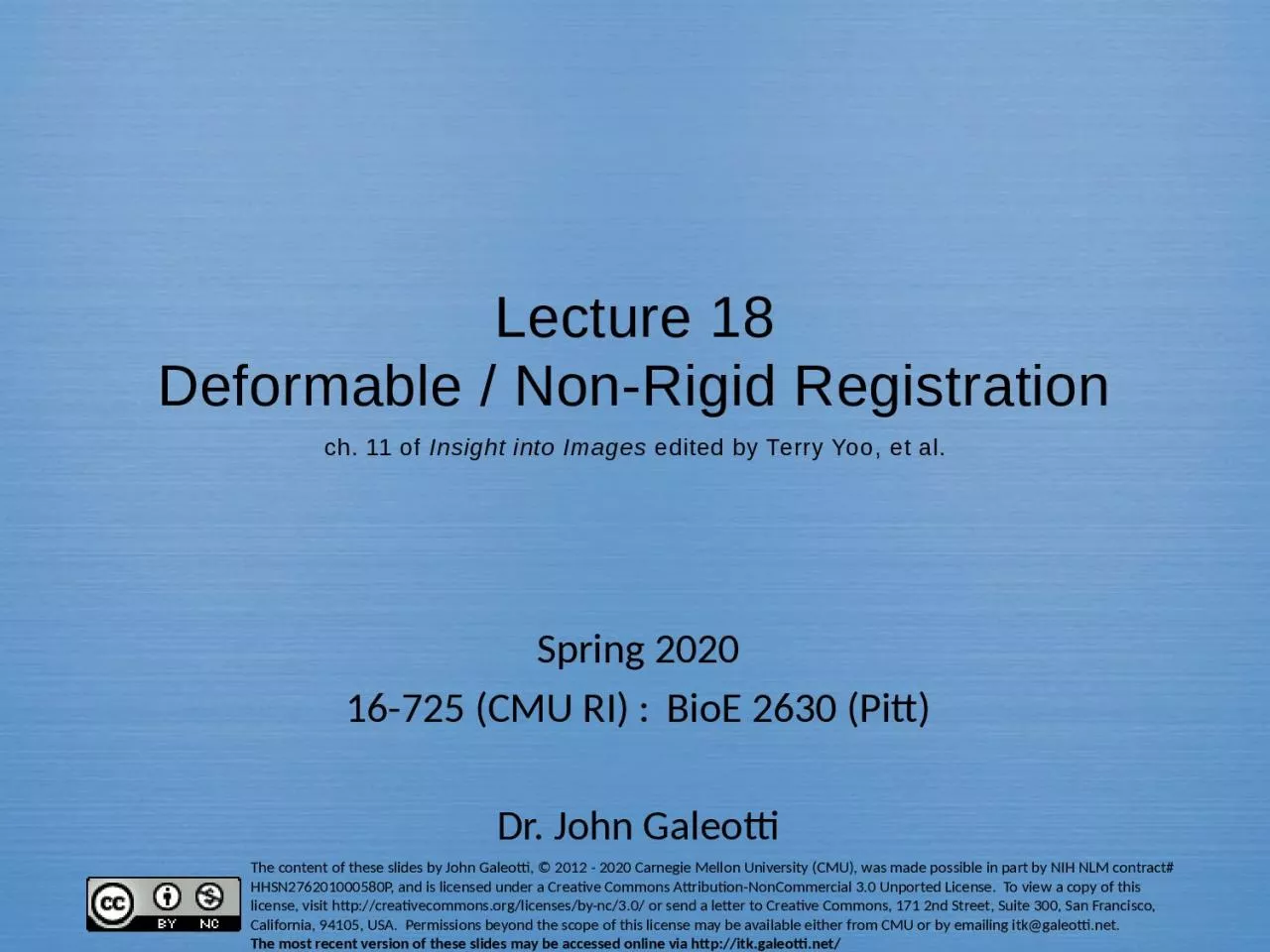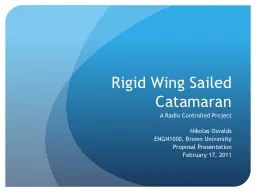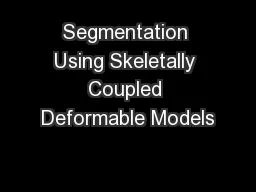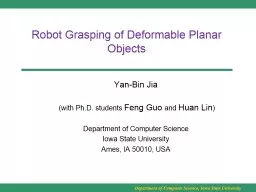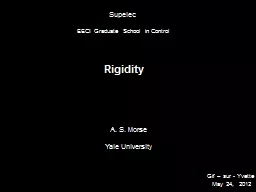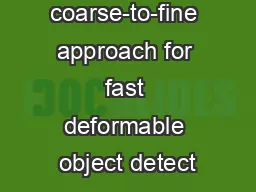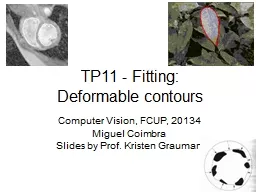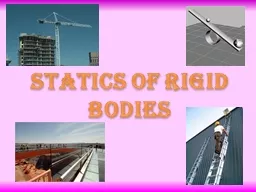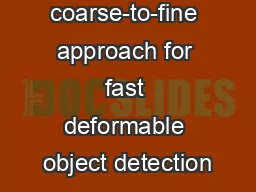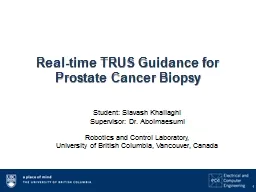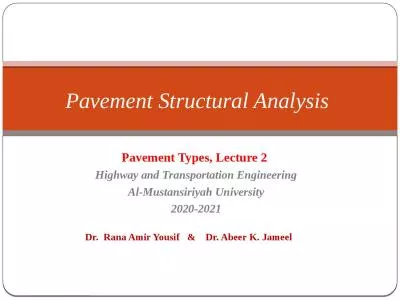PPT-Lecture 18 Deformable / Non-Rigid Registration
Author : amelia | Published Date : 2022-06-11
ch 11 of Insight into Images edited by Terry Yoo et al Registration Rigid vs Deformable Rigid Registration Uses a simple transform uniformly applied Rotations
Presentation Embed Code
Download Presentation
Download Presentation The PPT/PDF document "Lecture 18 Deformable / Non-Rigid Regist..." is the property of its rightful owner. Permission is granted to download and print the materials on this website for personal, non-commercial use only, and to display it on your personal computer provided you do not modify the materials and that you retain all copyright notices contained in the materials. By downloading content from our website, you accept the terms of this agreement.
Lecture 18 Deformable / Non-Rigid Registration: Transcript
Download Rules Of Document
"Lecture 18 Deformable / Non-Rigid Registration"The content belongs to its owner. You may download and print it for personal use, without modification, and keep all copyright notices. By downloading, you agree to these terms.
Related Documents

